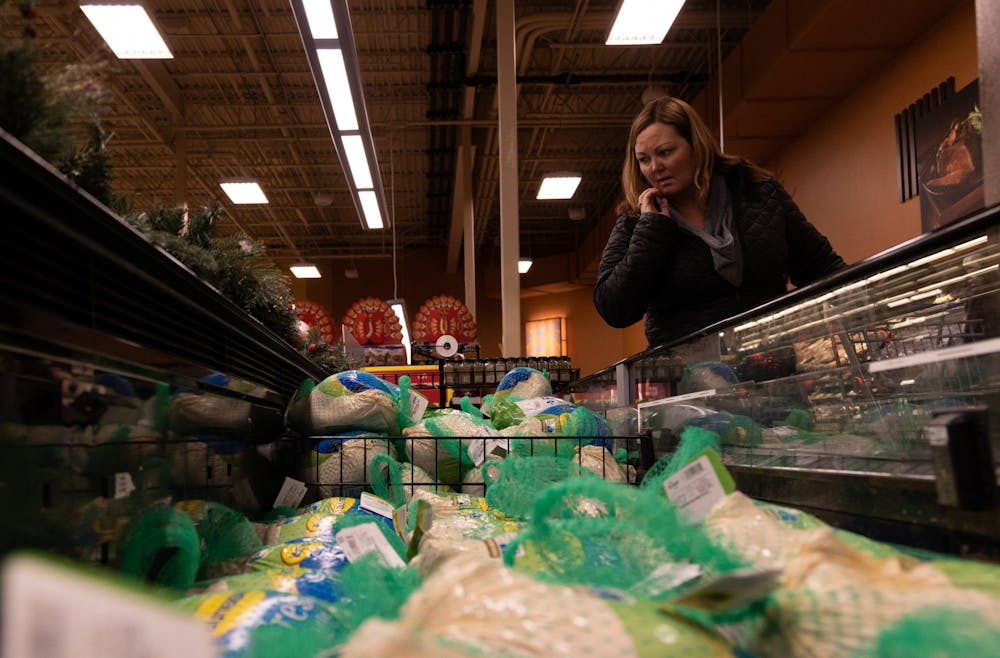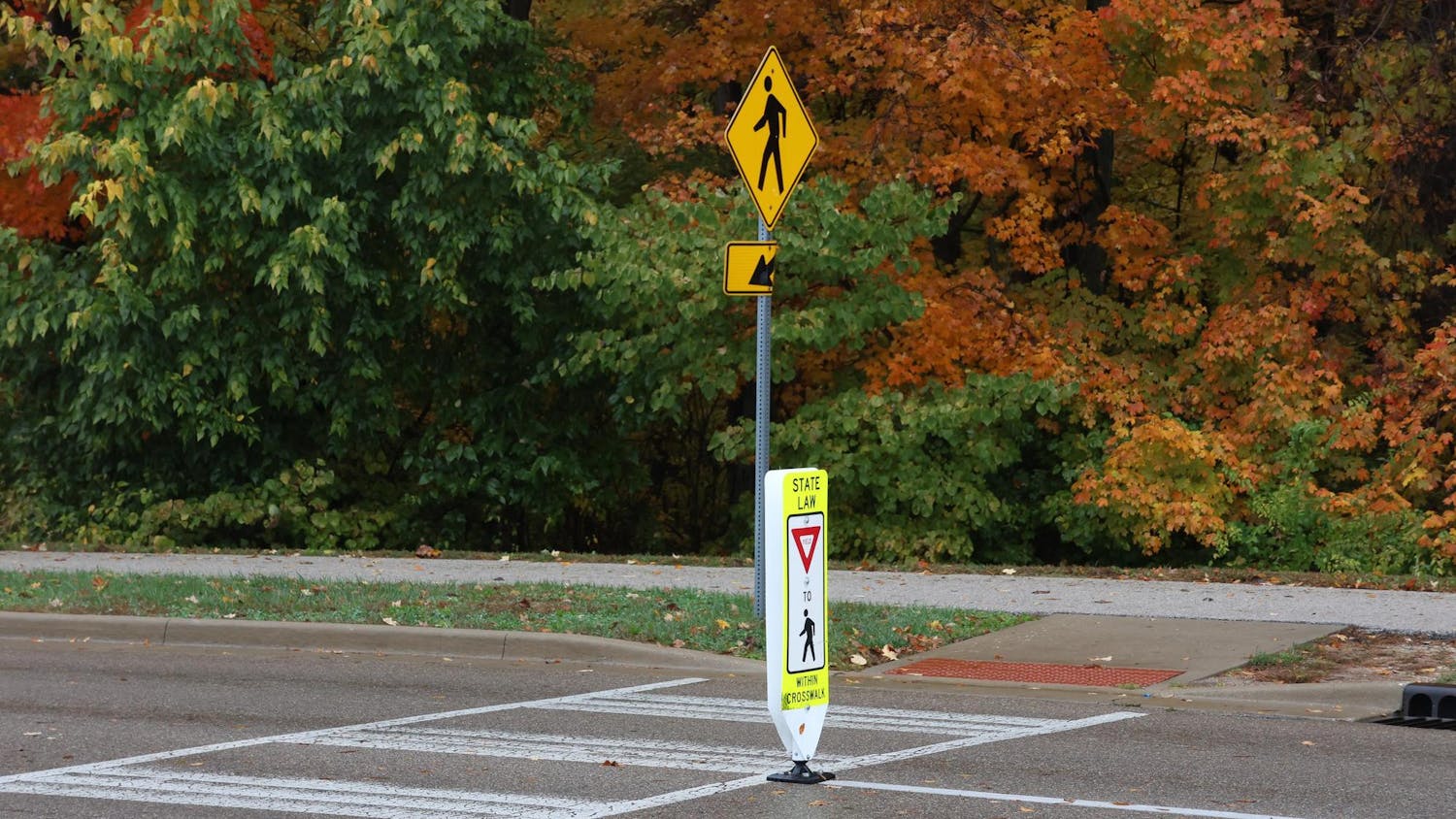An outbreak of avian influenza, first detected in early February, has continued to affect Indiana poultry industries into the winter months. The outbreak has caused supply chain shortages and impacted the availability of poultry products for consumers across the state.
The first case of the recent avian influenza strain HPAI H5N1 was detected in the U.S. on Feb. 8, 2022, in a commercial turkey flock in Dubois County, Indiana.
While the strain has spread to various parts of the poultry industry such as duck and egg laying, Rebecca Joniskan, president of the Indiana State Poultry Association, said turkey operations have been most impacted. She said roughly 141,000 of the 20 million turkeys raised in the state each year were affected in February and March 2020.
“It’s a pretty low percentage of our total production,” Joniskan said. “However, each of those farms is someone’s livelihood, and the spread can be a very personal, disruptive and upsetting situation.”
Related: [A beaver has found a home on IU’s Campus River]
Joniskan said the outbreak has had various effects on the food supply chain and availability of poultry products in different markets, which in turn has been raising prices. She said poultry industries from other geographic areas have been coordinating with affected operations to help meet customers’ demands.
While Indiana has not had a new case of the strain since Sept. 1, Joniskan said farmers and industries in the state are still feeling the ramifications. Experts are concerned the strain will still be active in coming months. With past outbreaks of avian influenza, the virus tends to disappear in hot months. However, that did not occur this year. Even though Indiana experienced hot weather in April and saw a decline in infections, HPAI H5N1 has been returning in other neighboring states in recent weeks.
“We’re concerned that it will continue to be active through the late fall and winter and into the spring,” Joniskan said.
Joniskan said one reason experts are taking the recent outbreak of HPAI H5N1 so seriously is its high mortality rate in the infected populations. In addition to commercial poultry, the strain has been present in wild bird populations in Indiana. Michelle Benavidez Westrich, fish and wildlife health program supervisor for the Indiana Department of Natural Resources, said the strain also has a high fatality rate in wild animals.
“This particular strain that’s been going around this year appears to affect wild animals more greatly than previous strains of influenza,” Benavidez Westrich said. “In some states we’re seeing outbreaks in wild populations which result in mass mortality events.”
Benavidez Westrich said the zoonotic potential of the strain to cross over species lines and affect different types of animals, including mammals, is a large concern for experts dealing with the outbreak. Avian influenza is spread through bodily fluids like saliva and feces through both direct and indirect contact with birds. According to the IDNR, subtypes of avian influenza have affected mammals including pigs, cats, horses, dogs, ferrets and even humans. With this most recent strain, infection in red foxes was also detected in four Midwestern states.
Related: [Spotted lanternflies, a new invasive species, poses threat to Bloomington businesses and agriculture]
“If the strain were to mutate to a point where not only can a human contract it, but they can pass it to another human, that would become more concerning than the current state of this particular strain,” Benavidez Westrich said.
Currently, the Centers for Disease Control considers the H5N1 outbreak a very low risk to the general public’s health. The CDC said people who have job-related or recreational exposures to birds are at higher risk of infection.
This year, only one person has tested positive for the strain. In this case, the Colorado man reported only mild symptoms and tested positive once then negative on follow up tests. Additionally, humans cannot contract the strain from properly consuming or handling poultry products.
Denise Derrer Spears, Communications Director for the Indiana State Board of Animal Health, said the Indiana BOAH has continued standard biosecurity measures in poultry operations to handle the recent outbreak. These measures include permitting only essential workers and vehicles to enter the farm, providing clean clothing and disinfection in facilities and protecting poultry flocks from coming into contact with wild or migratory birds.
Spears said the Indiana BOAH is recommending farmers vigilantly watch for any signs of infection in their flock. If they suspect infection, they should contact a veterinarian, fill out a reporting form on the Indiana BOAH website or call the “Healthy Birds Hotline” at 866-536-7593. The Indiana BOAH will then have an expert call back and conduct an assessment of the situation over the phone, and if needed, dispatch a veterinarian.






